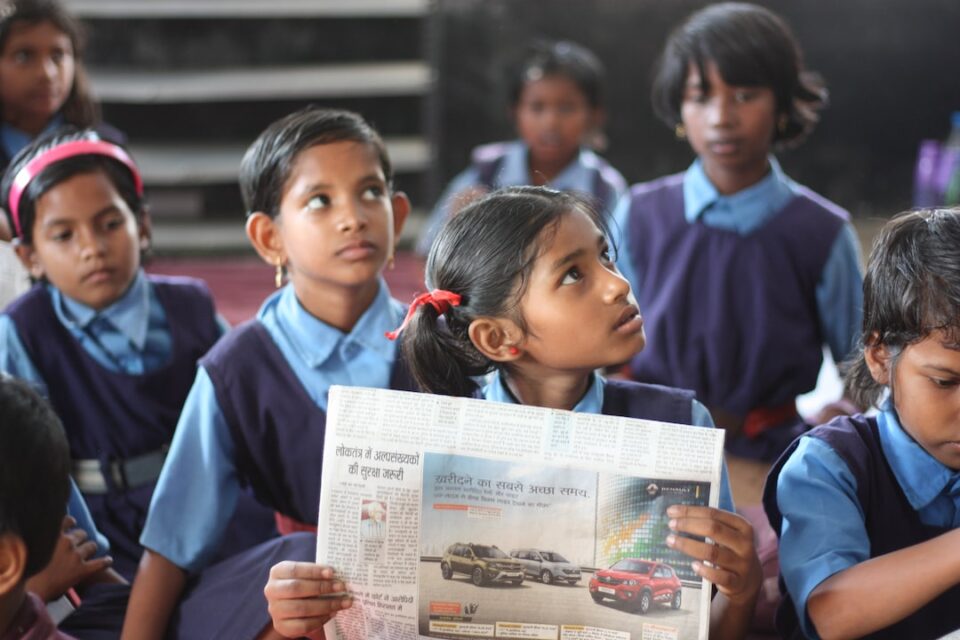The Role of Virtual Reality in Transforming Education
Education has always played a vital role in shaping the future of individuals and societies. Over the years, educators and experts have strived to find innovative ways to make learning more engaging and effective. One such innovation that has the potential to revolutionize education is virtual reality (VR).
Virtual reality is a technology that creates a simulated environment, which can be similar to or completely different from the real world. By immersing students in a virtual world, VR allows them to experience and interact with concepts and ideas in a way that traditional methods cannot achieve.
One of the key advantages of virtual reality in education is its ability to make learning more immersive and experiential. For example, students studying ancient history can virtually visit the ruins of ancient civilizations and explore their architecture, artifacts, and culture. By experiencing historical events firsthand, students can develop a deeper understanding and appreciation for the subject matter.
Another benefit of VR in education is its potential to cater to different learning styles and preferences. While some students may struggle to absorb information through traditional lectures or textbooks, VR provides a multisensory learning experience that appeals to visual, auditory, and kinesthetic learners. This can greatly enhance student engagement and knowledge retention.
Virtual reality also has the power to make learning more inclusive and accessible. Students with physical disabilities or limitations that prevent them from participating in certain activities can now overcome those barriers through virtual simulations. For instance, a student in a wheelchair can explore a coral reef or climb a mountain through a virtual environment, allowing them to join their peers in educational experiences that were previously inaccessible.
Moreover, VR provides a platform for collaborative and problem-solving activities. Through virtual simulations, students can work together to solve complex tasks or conduct scientific experiments, fostering teamwork, critical thinking, and communication skills. This encourages a more hands-on and active learning approach, where students become active participants rather than passive recipients of knowledge.
However, it is important to note that the integration of virtual reality in education comes with certain challenges. The cost of VR equipment and software, as well as the need for technical expertise, can be barriers for many educational institutions. Additionally, there is a need for proper content development and curriculum alignment to ensure that virtual experiences align with educational goals and standards.
Despite these challenges, the potential of virtual reality to transform education is undeniable. As technology continues to advance and become more affordable, VR is expected to become more accessible to schools and universities worldwide. By harnessing the power of virtual reality, educators can create a learning environment that is engaging, inclusive, and impactful, paving the way for a brighter future of education.

